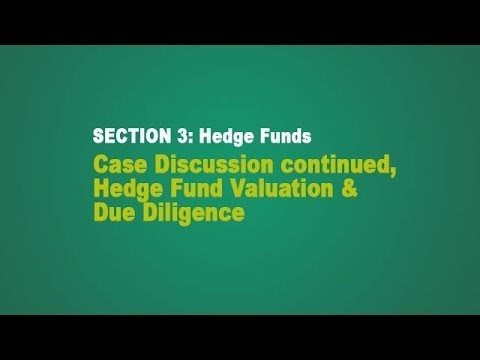Nine Basic Concepts Associated with Mutual Fund Investing
Post on: 5 Июль, 2015 No Comment

Theres a lot of terminology associated with mutual funds that youll need to know before you can start investing in them. These concepts are an important part of mutual fund investing; you should make sure that you understand them in full before you start to invest in mutual funds.
Open-end Funds
All mutual funds fall into one of two broad categories: open-end funds and closed-end funds. Most mutual funds are open-end. The reason why these funds are called open-end is because there is no limit to the number of new shares that they can issue. New and existing shareholders may add as much money to the fund as they want and the fund will simply issue new shares to them. Open-end funds also redeem, or buy back, shares from shareholders. In order to determine the value of a share in an open-end fund at any time, a number called the Net Asset Value (described below) is used. You purchase shares in open-end mutual funds from the mutual fund itself or one of its agents; they are not traded on exchanges.
Closed-end Funds
Net Asset Value
Public Offering Price
Dividends and Capital Gains Distributions
Mutual funds earn money on their investments through one of two ways: dividend income and capital appreciation. In other words, a mutual fund makes money on one of the funds assets when that asset pays the mutual fund dividends or interest, or when the mutual fund sells the asset for more than what it initially paid (if it sells the asset for less than what it initially paid, then that is called a capital loss). The federal government mandates that all mutual funds distribute these dividends and capital gains to the funds shareholders at least once per year. Most mutual funds choose to distribute their investment income on a quarterly, semi-annual or annual basis.
In order to determine which shareholders qualify for distribution payments, mutual funds specify a day during each distribution period that is known as the record day. If you own shares in a fund on or before the record day you qualify for a distribution. The day after the record day is known as the ex-dividend date. If you purchase shares on the ex-dividend date then the amount of the distribution is subtracted from the funds net asset value per share.
You should be aware that if you receive distributions from a mutual fund then you must pay taxes on them, regardless of how long you have owned shares in the fund and regardless of whether or not you received the distributions in the form of cash or in the form of new shares. In January of every year, mutual funds issue Form 1099-DIV to all of their shareholders as well as to the IRS in order to report income on distributions .
Mutual Fund Family
A mutual fund family is a group of mutual funds that is managed by the same company. It is usually easy to switch money between mutual funds that are part of the same family. Additionally, most fund families make monitoring multiple investments easier, and make tax time easier, by aggregating the information from the various funds for you.
Share Classes
Mutual funds shares are sometimes broken down into lettered classes that have different characteristics. Heres a brief rundown of some commonly used designations:
- A: Shares that have a front-end load.
- B: Shares that have a back-end load.
- Y: Shares for institutional investors; no front-end load.
- Z: Shares for employees of the mutual fund.
Dual-Purpose Fund
As with some stocks, certain closed-end funds distinguish between common shareholders and preferred shareholders these funds are called dual-purpose funds. As the name suggests, common shareholders receive all distributions from capital gains, while preferred shareholders receive all dividend and interest income. These funds have a set expiration date, at which time all preferred shares in the fund are redeemed, giving the common shareholders sole ownership of the fund. Those shareholders then decide whether to liquidate the fund and divide up the proceeds or to convert the fund into an open-end mutual fund.














